
Imagine stumbling upon a secret garden, overflowing with vibrant blossoms. What if you could create that magic everywhere? Discover 17 inspiring ideas to cultivate your own flourishing garden. Transform limited spaces into verdant havens. Learn how to design a yard that delights both plants and people.
Picture a garden alive with color and buzzing with life. Each idea will help you maximize your space. Start today and watch your surroundings thrive. Even small balconies, forgotten corners, and windowsills can become gardens. Uncover simple techniques to grow flowers, vegetables, or even whimsical fairy gardens. Your adventure begins now.
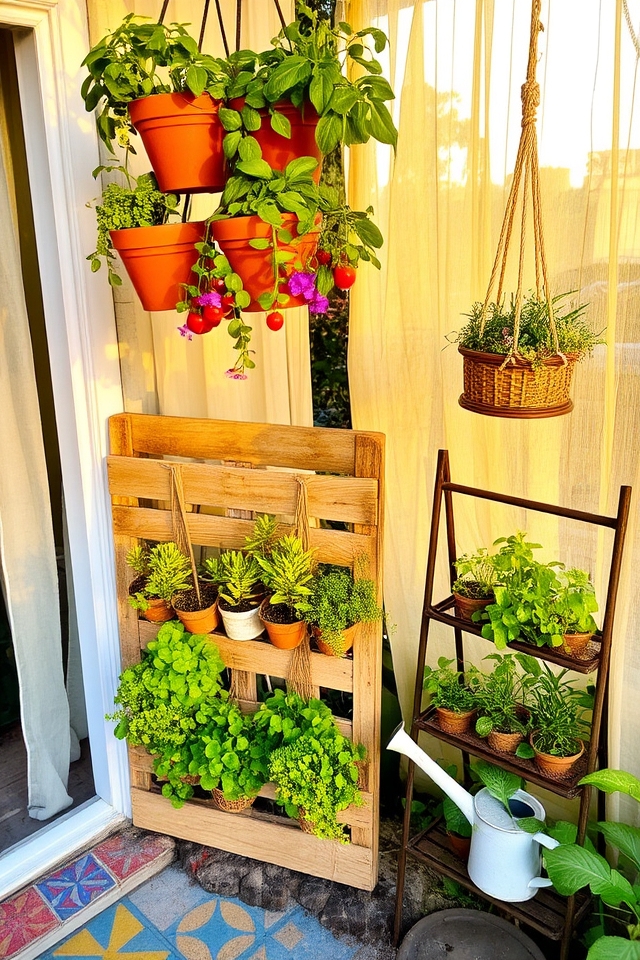
Maximize small spaces with creative container gardens using tiered planters, hanging baskets, and vertical arrangements. Repurpose items like barrels or pallets for unique designs. Combine herbs, succulents, and compact vegetables for functional beauty. Use lightweight, movable containers to easily change layouts. Enhance visual appeal with colorful foliage and strategic lighting. This transforms balconies, patios, and windowsills into personalized green spaces.
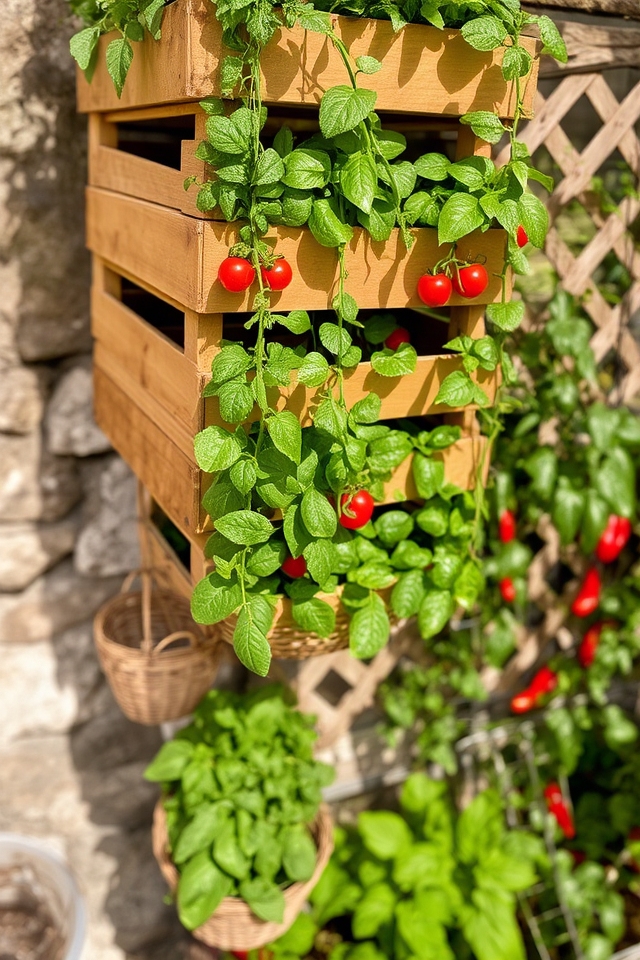
Vertical planters make the most of small areas by using walls, fences, or stacked structures. They are perfect for herbs, climbing plants, and small vegetables, using methods like hanging baskets, wall pockets, or tiered shelves. Use recycled containers, metal grids, or modular systems. This improves access, boosts air flow, and adds visual appeal. Ideal for cities or small yards, it maximizes growth without needing lots of land. Easy to set up and care for, it’s a great way to garden efficiently.
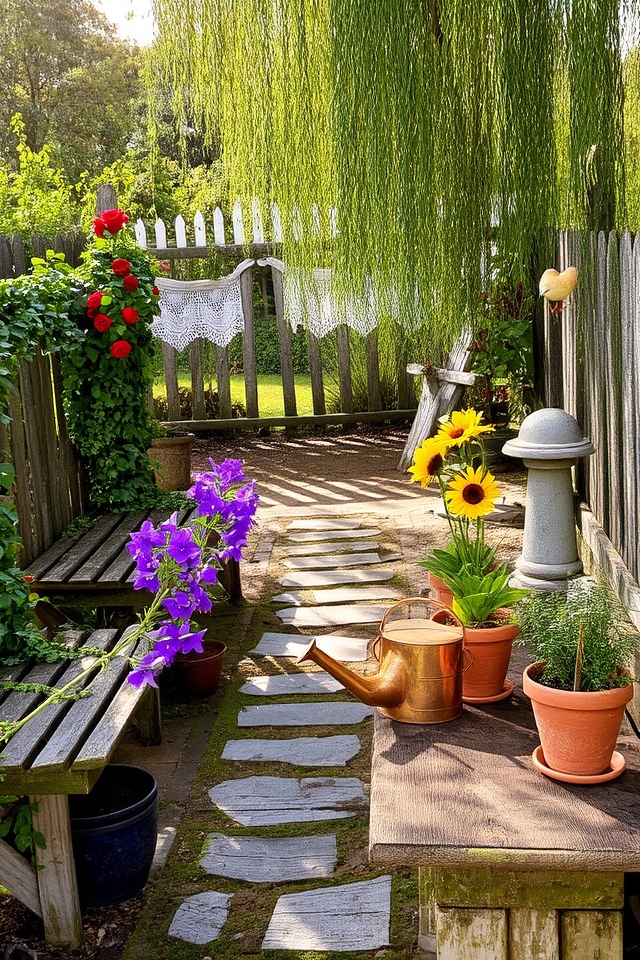
Themed garden designs add personal flair through carefully chosen styles. Pick from rustic, tropical, or modern looks, mixing plants, colors, and decorations to show your taste. Add special touches like statues, paths, or centerpieces to boost character. Themes bring everything together, turning spaces into engaging settings that show your interests or culture. Personal touches make gardens more useful and beautiful, making them truly your own.
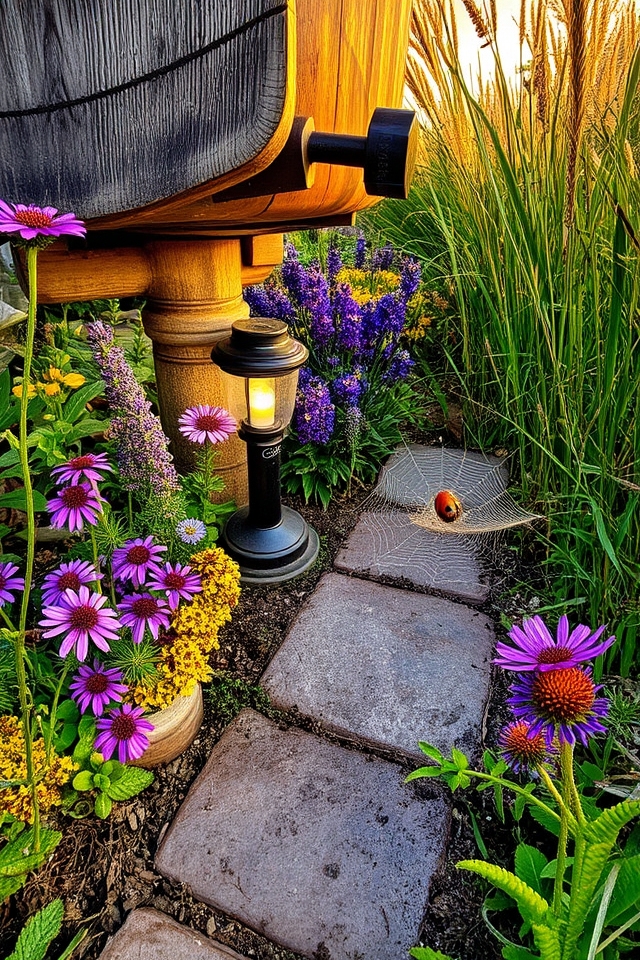
Use rainwater collection, local plants, and composting to cut down on waste. Use permeable paving and solar lights for sustainability. Grow plants that attract pollinators, like lavender and milkweed. Avoid chemical sprays, using natural pest control instead. Use drip irrigation to save water. These steps boost biodiversity, save energy, and support eco-friendly living.
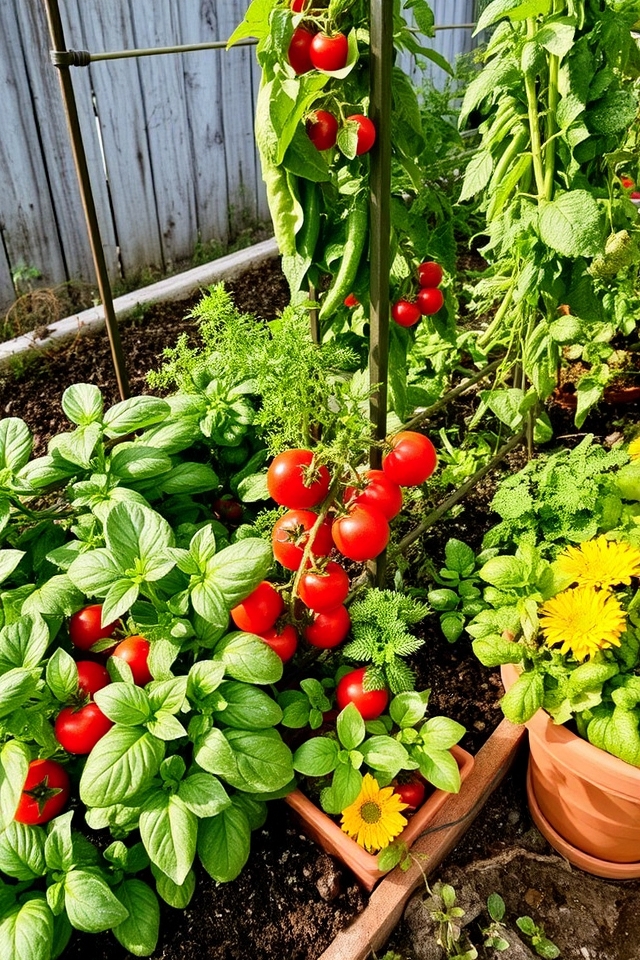
Create herb and vegetable gardens to grow fresh, sustainable food at home. Focus on small areas with container planting, raised beds, or vertical setups. Include useful herbs like basil, mint, and oregano with vegetables like tomatoes, peppers, and lettuce. Ensure good sunlight, soil, and watering for best growth. Use companion planting to keep pests away naturally. Harvest often to encourage growth and enjoy your own healthy food.
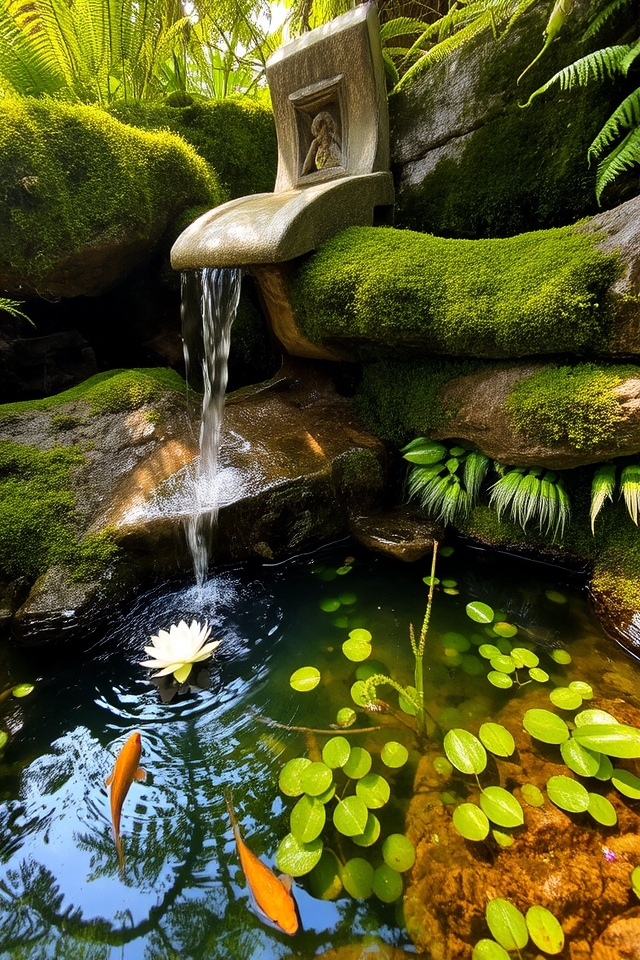
Add water features like fountains, ponds, or small waterfalls to make peaceful, relaxing spaces. The soft sound of water blocks out city noise, while shiny surfaces make the space feel bigger. Use stones, water plants, and simple designs to fit in with nature. These features encourage relaxation, helping you feel mindful and connected to nature. Placed well, they turn gardens into quiet escapes.
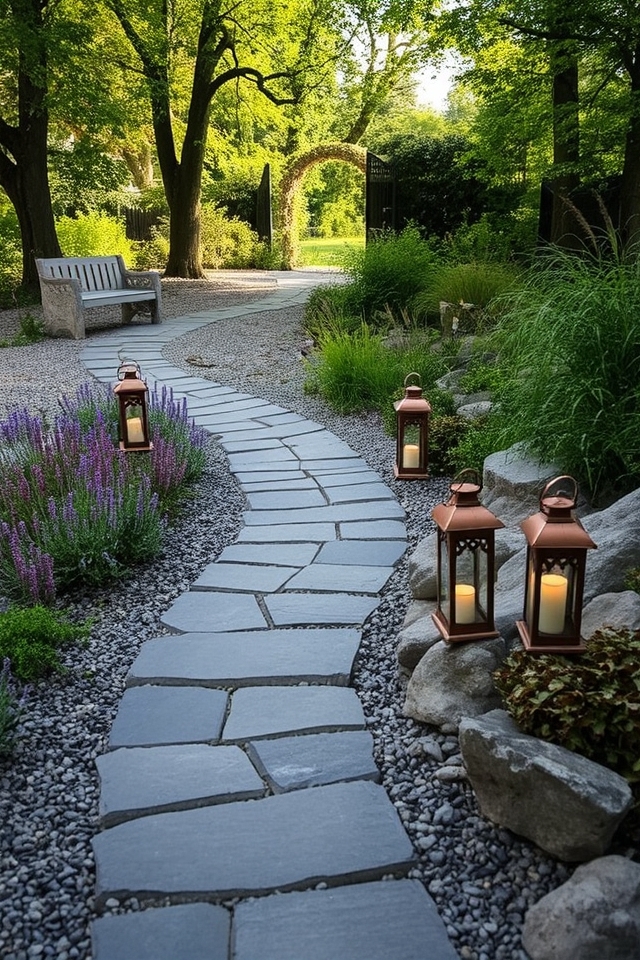
Designing garden paths and walkways means choosing materials like gravel, stone, or brick for texture and strength. Curved or winding paths add interest, while straight lines give structure. Add low plants or edging to soften the edges. Use different colors or patterns to define the path. Add lights for beauty and safety. Make sure paths flow well between areas, matching the landscape and making it easy to get around.
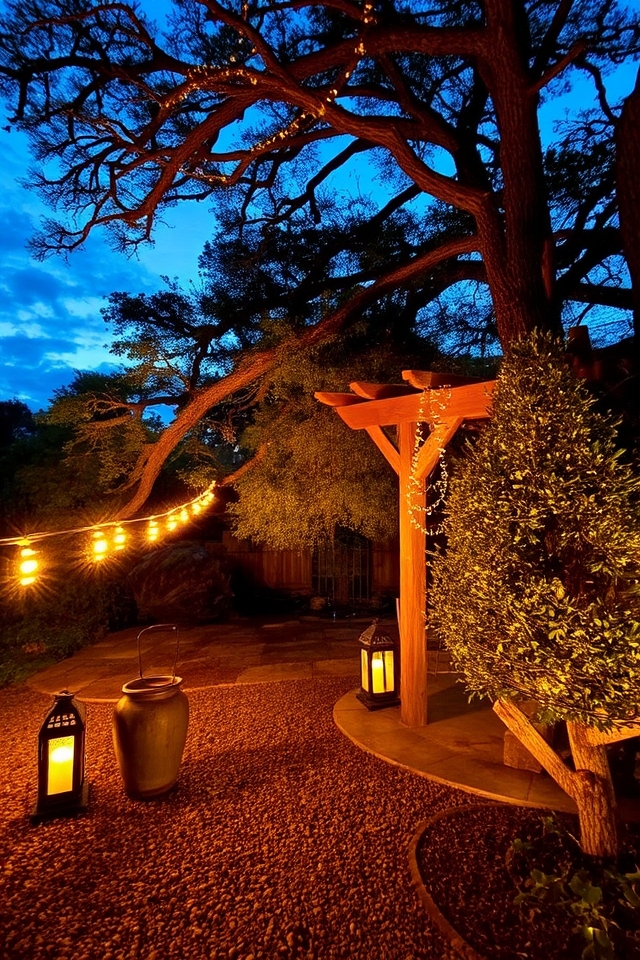
Outdoor lighting makes your garden look great at night with careful placement. Path lights guide you, while solar lights are eco-friendly. String lights or lanterns create a mood, and accent lights show off plants or features. Fairy lights add charm, and motion lights improve security. Using warm, cool, and soft light makes your garden both useful and beautiful, turning it into a welcoming space in the evening.
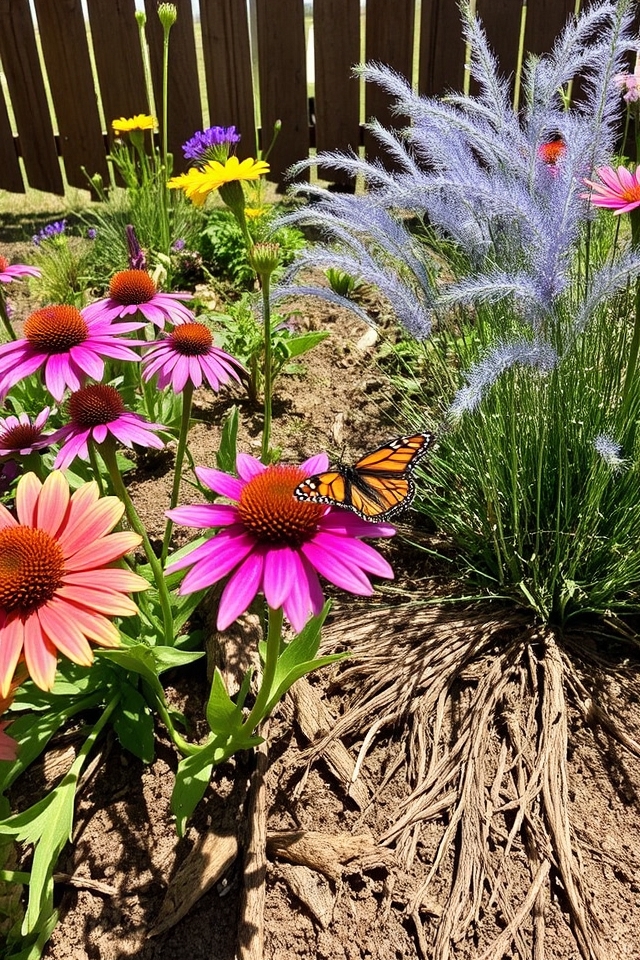
Native plants do well in local weather, needing little water, fertilizer, and sprays. Their strong roots improve the soil and prevent erosion. These plants support local animals, like bees, and adapt to local pests and weather. By using native plants, gardeners reduce work, save resources, and create strong, sustainable gardens. They are easy to care for, making them great for eco-friendly gardens.
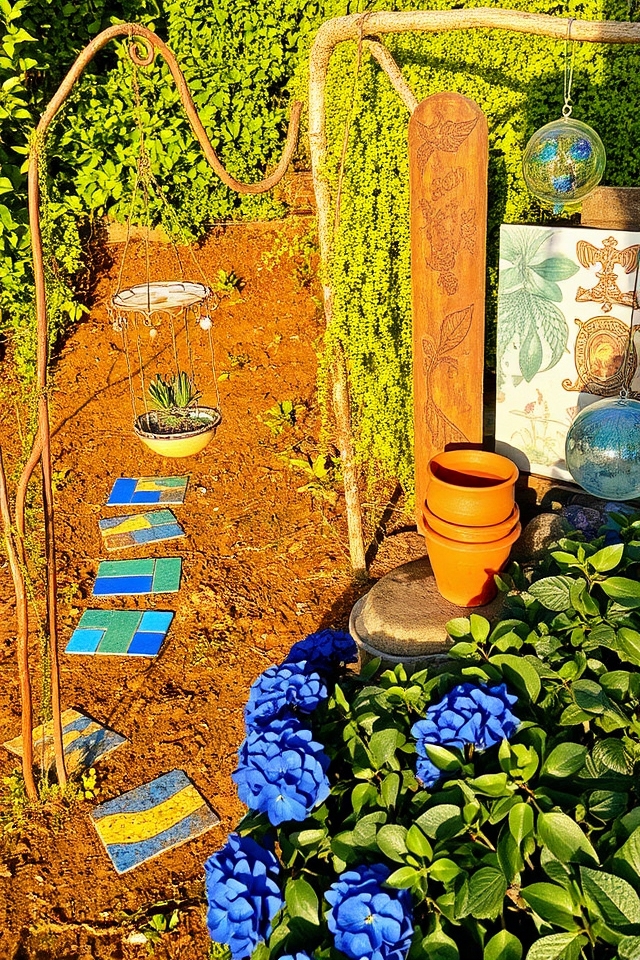
Add fun statues, recycled metal art, or painted tiles to show your style. Use mirrors to make the space feel bigger or wind chimes for sound. Hanging planters, mosaic stones, or glass balls add interest. Mix textures and colors for contrast. DIY projects, like wood signs or clay pots, add charm. Balance creativity with garden style.
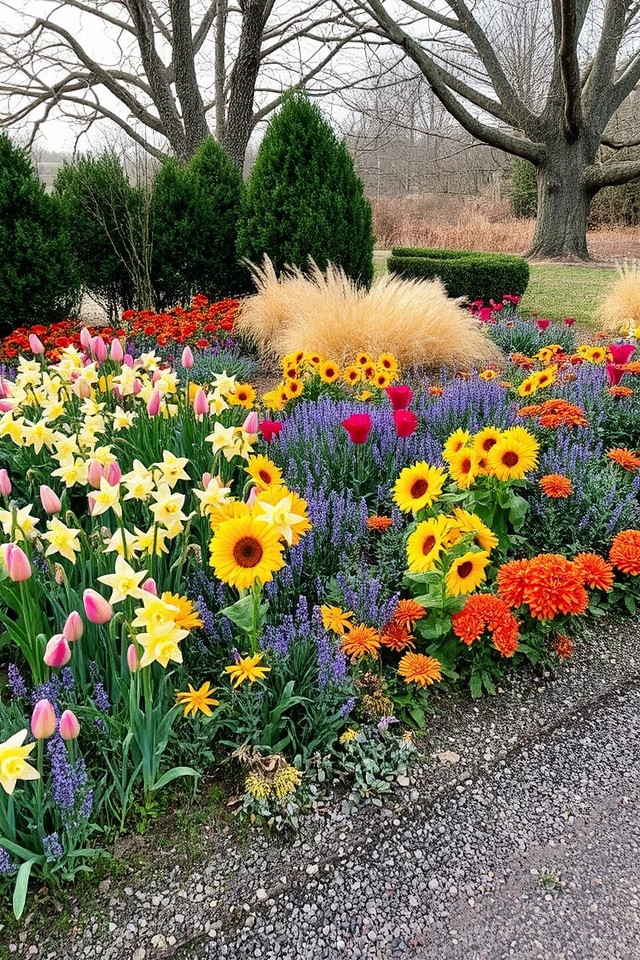
Make your garden interesting all year by choosing plants that thrive in each season. Spring has bulbs and annuals, summer features perennials and bright flowers, fall includes grasses and mums, and winter uses evergreens and strong shapes. Plan for different blooms and textures to keep the garden looking good year-round.

Indoor gardening in cities uses vertical spaces, small containers, and smart lights. Hanging planters, shelf gardens, and wall systems make the most of small areas. Plants that need little light, like snake plants, do well in apartments. Self-watering pots and hydroponics reduce work. Balconies and windowsills become green spaces, promoting sustainability and well-being in cities.
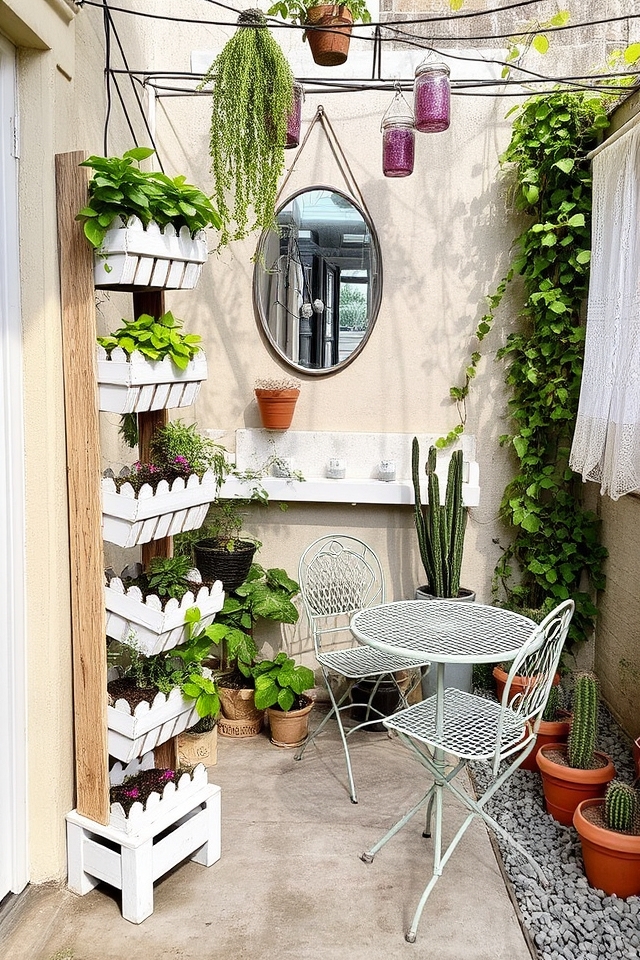
Transform small spaces with vertical planters, tiered pots, and hanging baskets. Use light materials like plastic for balcony safety. Choose small plants—herbs, succulents, or flowers—and add trellises for climbing plants. Add seating, string lights, or lanterns for atmosphere. Use mirrors to make the space feel bigger. Pick plants that are easy to care for and ensure good drainage. Balance beauty with function for a lively, useful outdoor space.
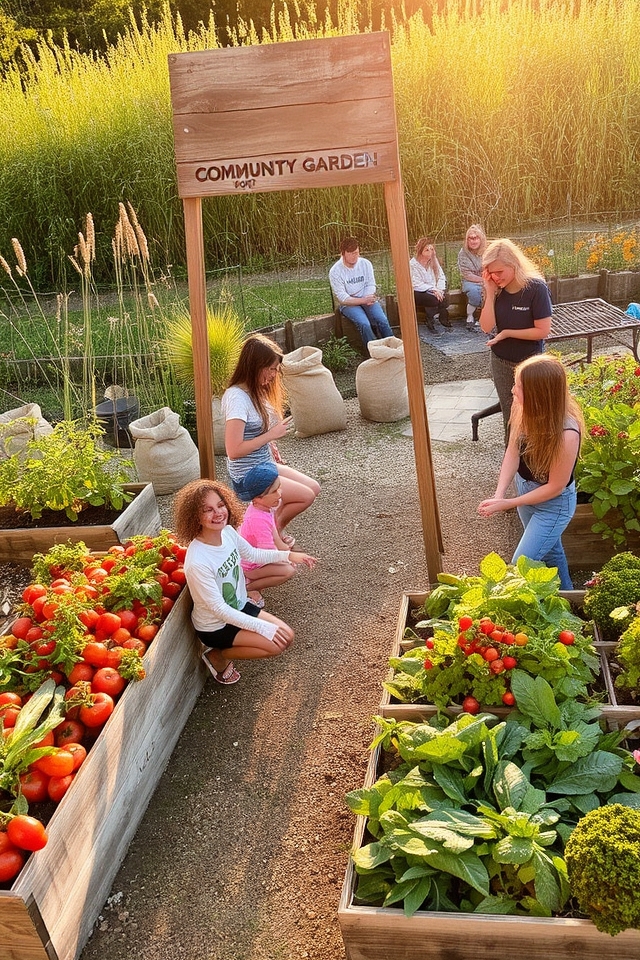
Community gardens and shared green spaces encourage teamwork, sustainability, and city life. Design them with easy-to-reach plots, seating, and local plants to encourage interaction. Add learning tools like workshops to promote eco-friendly habits. These spaces boost biodiversity, provide fresh food, and strengthen community bonds, turning unused areas into lively, welcoming places for relaxation and growth.
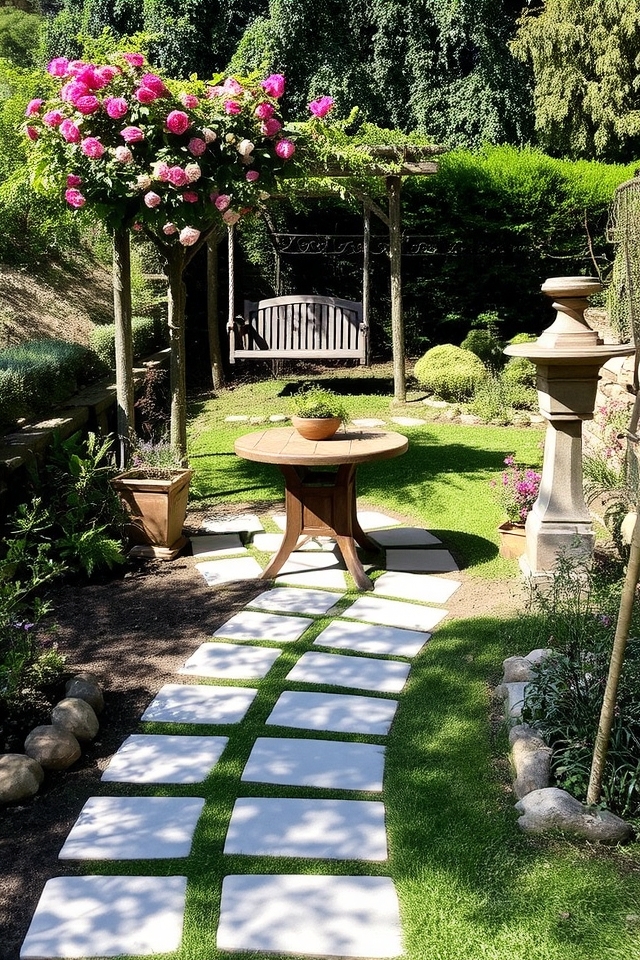
Garden zoning organizes spaces by use, making them more useful and attractive. Create areas for sitting, planting, and relaxing, ensuring a smooth flow between them. Place often-used items, like a vegetable garden, near the kitchen for convenience. Use paths to guide movement, connecting spaces easily. Add centerpieces to draw attention. Balance casual and formal layouts for a pleasing look. Zoning improves efficiency, reduces clutter, and creates a connected, useful outdoor area.
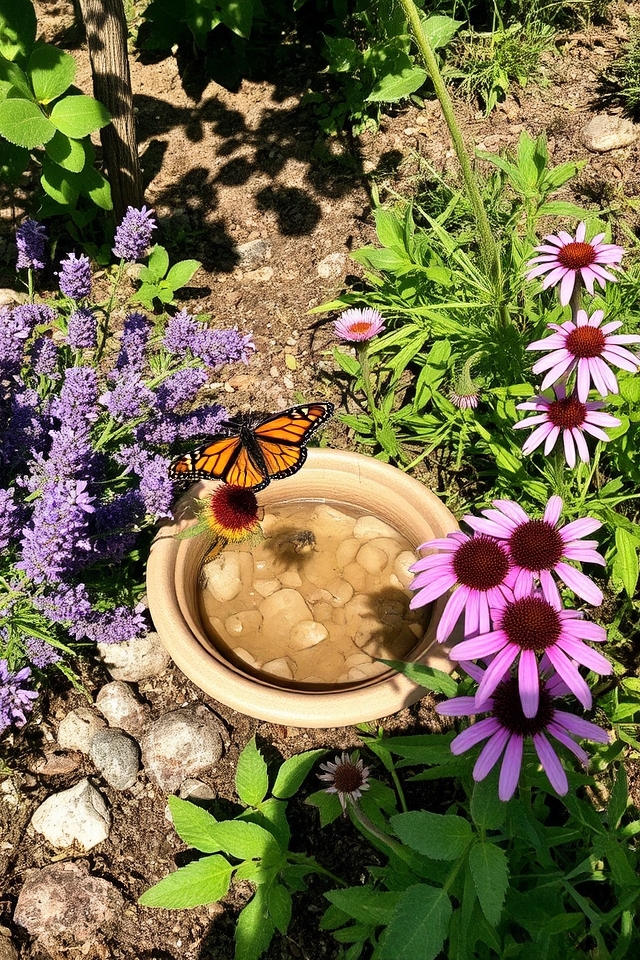
Create pollinator-friendly gardens by planting local plants like lavender, milkweed, and coneflowers to attract bees, butterflies, and birds. Include different bloom times for year-round food, add shallow water, and avoid sprays. This supports wildlife, boosts biodiversity, and helps the environment through natural pollination.
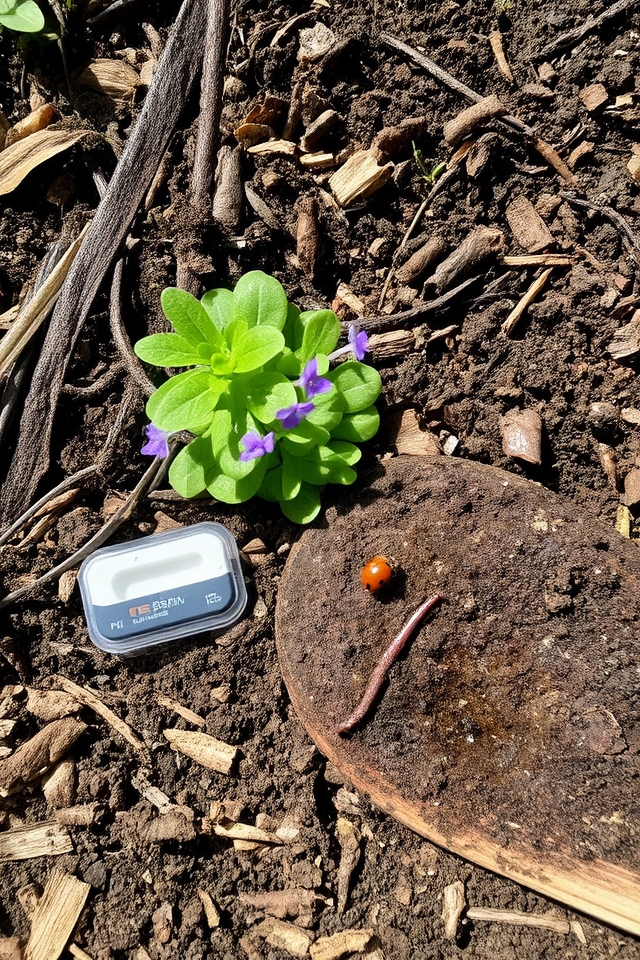
Organic gardening focuses on improving soil health naturally. Add compost and organic material to enrich nutrients, improve soil, and boost microbes. Avoid artificial fertilizers and sprays, using crop rotation, cover crops, and helpful insects to manage pests and prevent soil damage. Mulching keeps in moisture, prevents weeds, and adds organic material. Regular soil tests ensure balanced pH and nutrients, creating a strong, healthy garden.
You’ll design a thriving haven where tiered planters, vertical trellises, and rainwater systems blend function with style. Like a beautiful song, each part—local plants, solar lights, or pollinator flowers—combines beauty and purpose. Every spot, from raised beds to hanging baskets, is full of life, showing that green spaces can be both useful and artistic. Let your creativity grow; your garden will flourish naturally.

Don't let aphids, slugs, and caterpillars ruin another plant. Take back control with simple, natural methods that actually work.